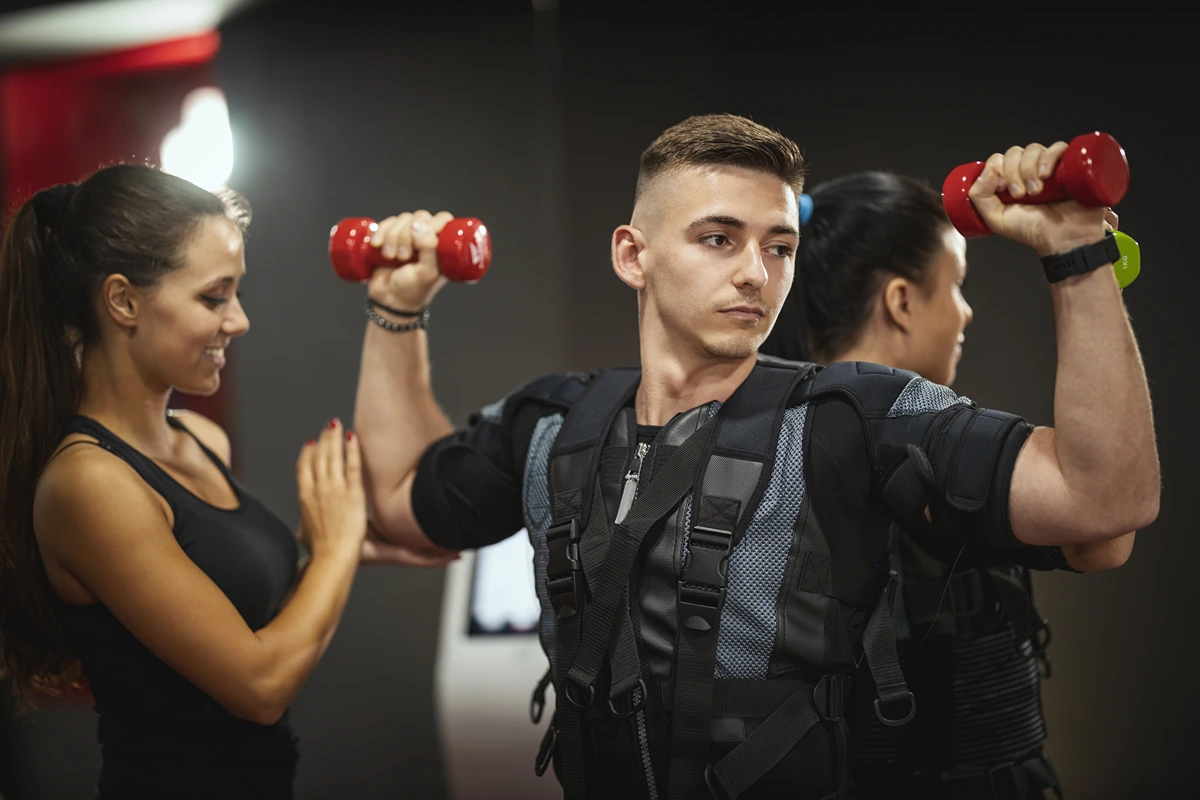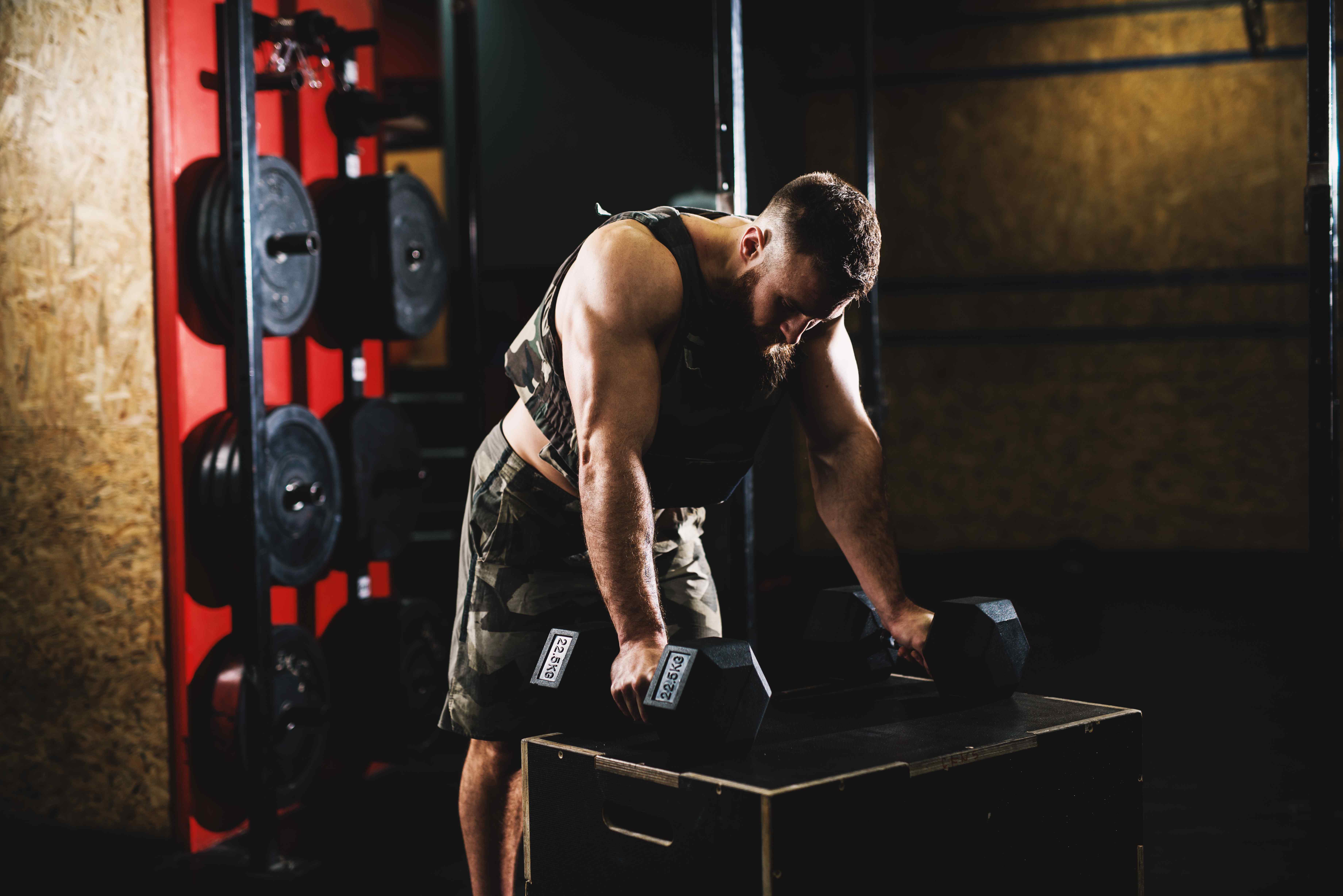
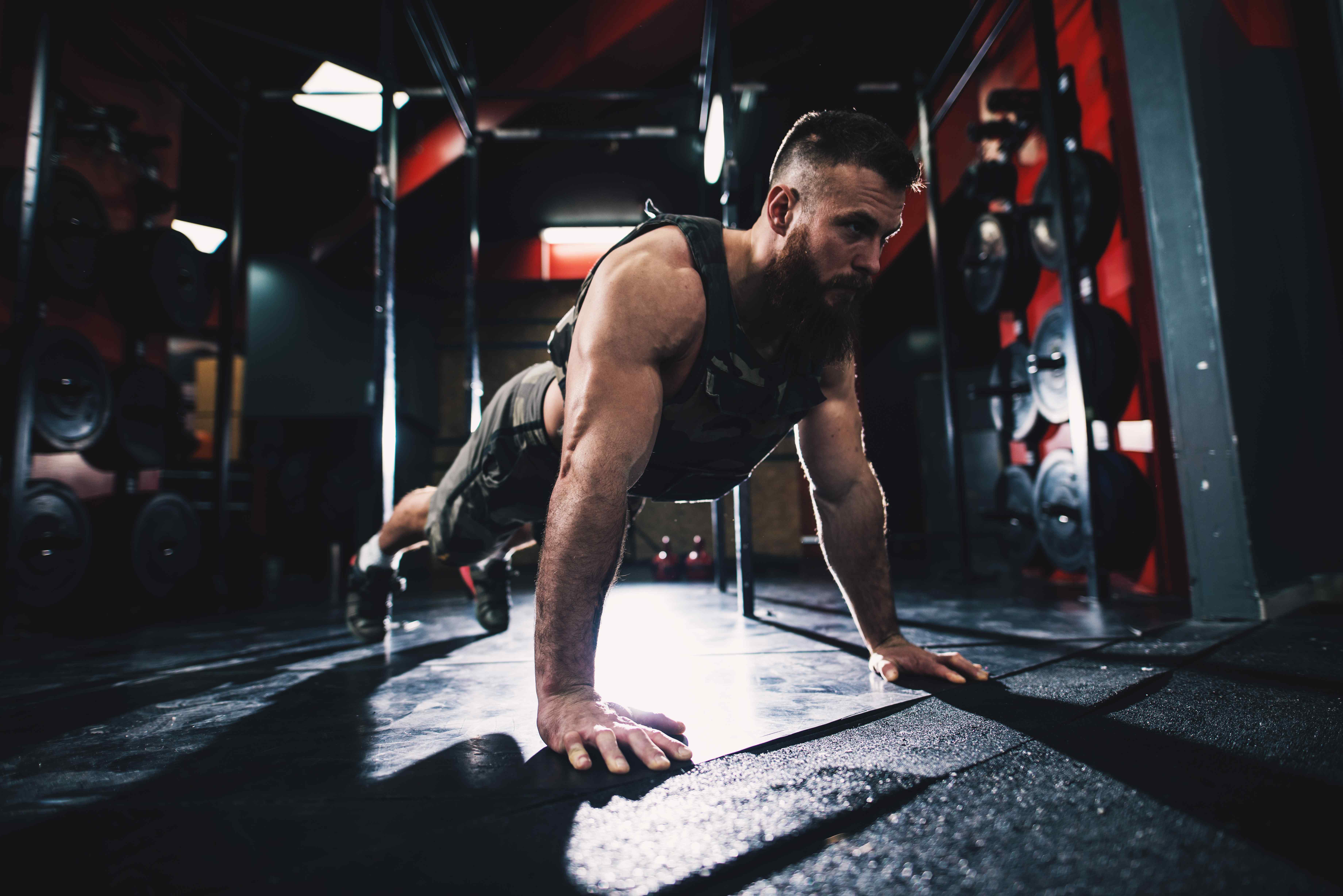
Looking for a way to take your fitness training to the next level? Look no further than the trusty weighted vest. This simple yet effective tool can help you amp up your workout routine and achieve better results. Whether you're a beginner or a seasoned fitness enthusiast, incorporating a weighted vest into your regimen can bring about remarkable improvements in your strength, endurance, and overall fitness.
By wearing a weighted vest during exercises, you increase the intensity of your workout, challenging your muscles in new ways. This added resistance forces your body to work harder, resulting in improved core strength and stability. Furthermore, using a weighted vest can also enhance your cardiovascular endurance, making those high-intensity workouts even more effective.
In this comprehensive guide, we'll walk you through everything you need to know about using a weighted vest for fitness training. From choosing the right vest for your needs to incorporating advanced techniques into your workouts, we've got you covered. So grab your water bottle and get ready to sweat it out with the ultimate fitness tool – the weighted vest!

When it comes to selecting the right weighted vest for your fitness journey, several factors should be taken into consideration.
Types of weighted vests: There are different types of weighted vests available in the market, including adjustable vests and fixed-weight vests. Adjustable vests allow you to add or remove weight plates, offering flexibility as your strength progresses. Fixed-weight vests have a predetermined weight that cannot be adjusted.
Determining the appropriate weight: It's crucial to choose a weight that aligns with your fitness level and goals. Beginners may start with a lighter weight and gradually increase as their strength and endurance improve. Aim for a weight that challenges you without compromising your form and safety.
Comfort and fit: Look for a weighted vest that provides a comfortable fit. Consider factors such as the material, padding, and straps. The vest should distribute the weight evenly across your body to minimize the strain on specific areas.
Brand and quality: It's worth researching reputable manufacturers known for producing high-quality weighted vests. Read reviews and seek recommendations from fitness professionals or experienced users to select the ideal weighted vest for effective fitness training.
By carefully considering these factors and choosing a weighted vest that suits your needs, you can enhance your workouts and achieve optimal results from your fitness routine.
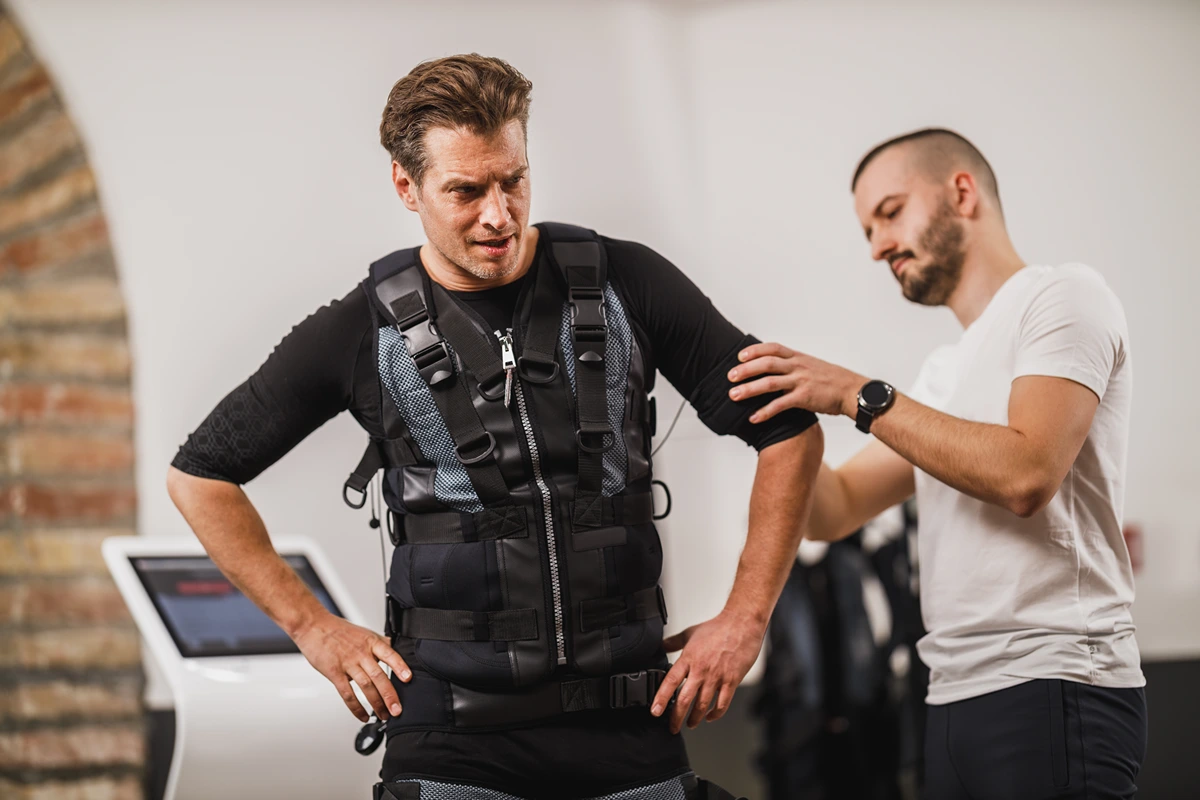
Before incorporating a weighted vest into your workout routine, it's essential to prioritize safety and consider certain precautions to minimize the risk of injury. Here are some key safety guidelines to follow:
Consult with a healthcare professional: If you have any pre-existing medical conditions, injuries, or concerns about using a weighted vest, it's crucial to consult with a healthcare professional or a qualified fitness trainer. They can provide personalized advice based on your specific needs and limitations.
Gradual progression: Start slowly and gradually increase the intensity and duration of your workouts with a weighted vest. This allows your body to adapt to the added resistance over time, reducing the risk of overexertion or strain.
Proper form and technique: Pay close attention to maintaining proper form and technique while performing exercises with a weighted vest. This ensures that you're targeting the intended muscle groups and minimizing stress on your joints. If you're unsure about the correct form, consider working with a certified fitness professional for guidance.
Start with lighter weights: If you're new to using a weighted vest, begin with lighter weights and gradually progress as your fitness level improves. This approach allows your muscles, joints, and connective tissues to adapt and strengthen progressively.
Listen to your body: Always listen to your body and pay attention to any discomfort or pain. If you experience persistent pain, excessive fatigue, or any unusual symptoms, it's important to take a break and seek medical advice if needed. Pushing beyond your limits can increase the risk of injury or overtraining.
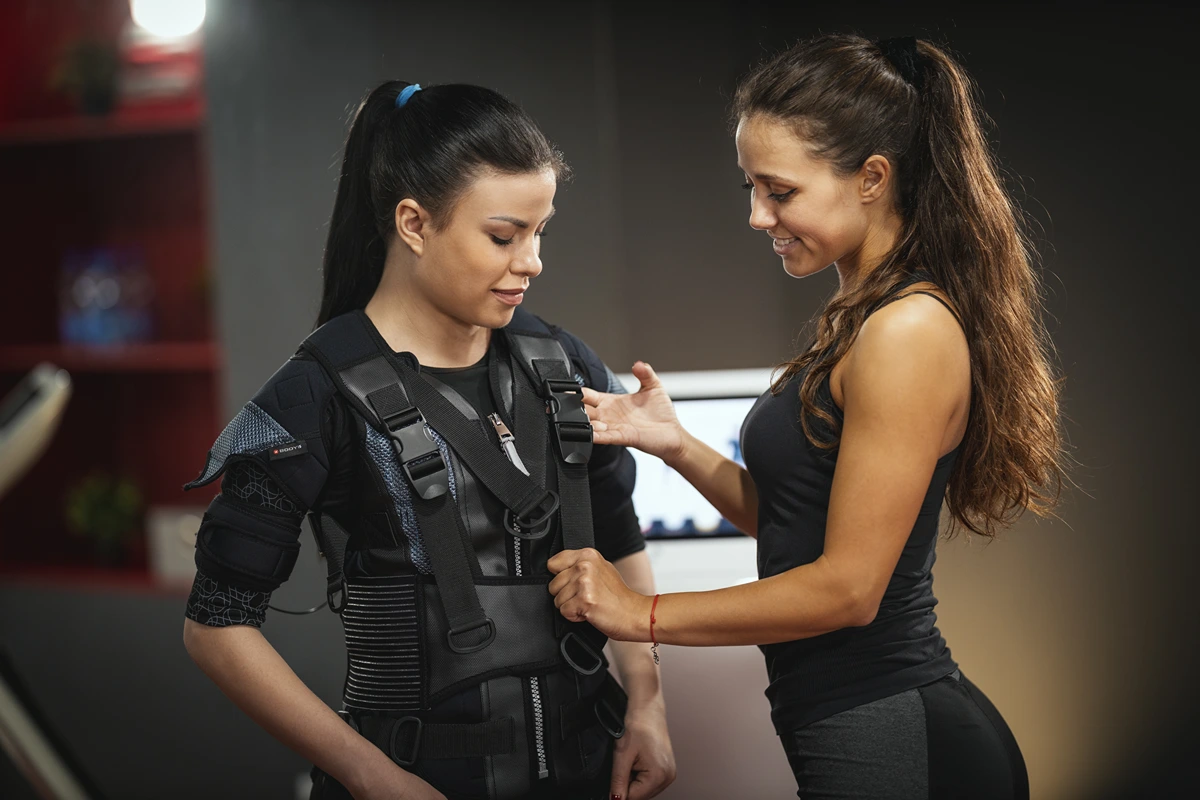
Now that you've chosen the perfect weighted vest and taken the necessary safety measures, let's explore some effective exercises that can be enhanced with its use:
Walk or run: Adding a weighted vest to walking or running boosts cardiovascular intensity and muscle engagement. Begin with a manageable weight, not exceeding more than 10 lbs, gradually increasing as fitness improves. Maintain proper form, engage your core, and protect your joints for a safe and effective workout.
Bodyweight exercises: Enhance bodyweight exercises with a weighted vest for greater muscle activation and strength. Engage your chest, shoulders, and triceps with weighted push-ups. Develop lower body strength and stability through weighted squats and lunges. Challenge your core with weighted planks. Begin with lighter weights, progressing gradually for optimal results.
By adhering to these safety precautions, you can effectively incorporate a weighted vest into your fitness routine while minimizing the potential risks. Remember, safety should always be a priority to ensure a positive and injury-free training experience.
